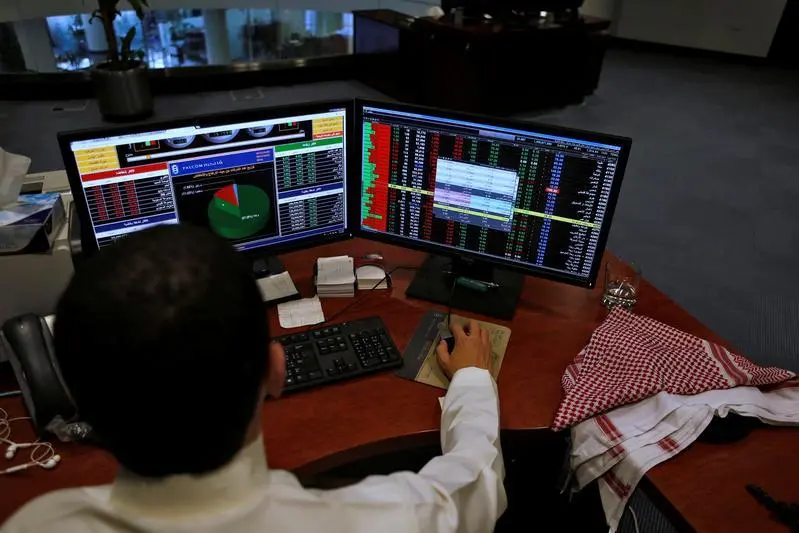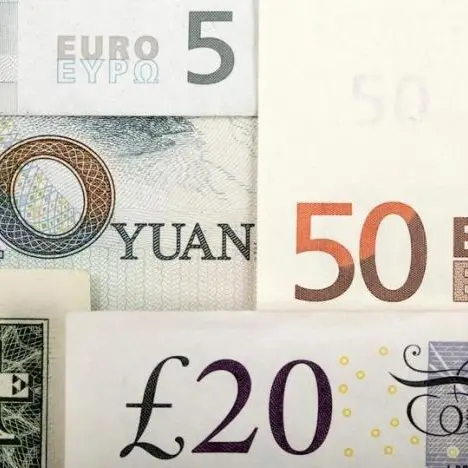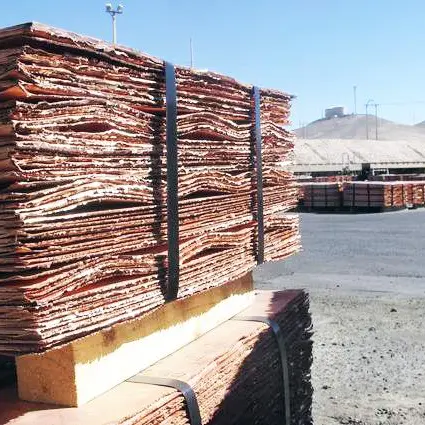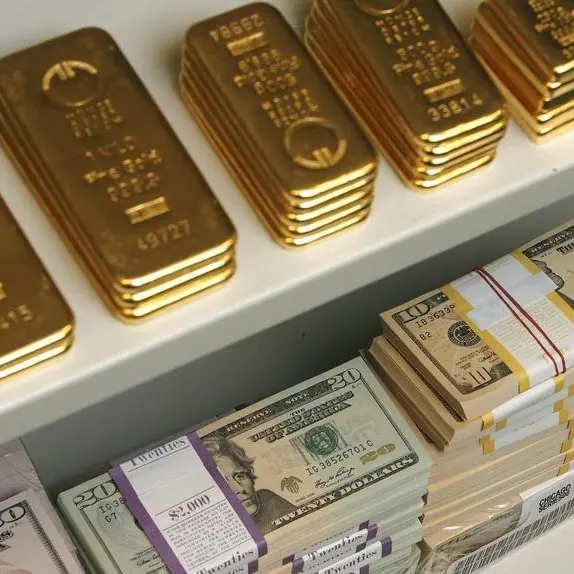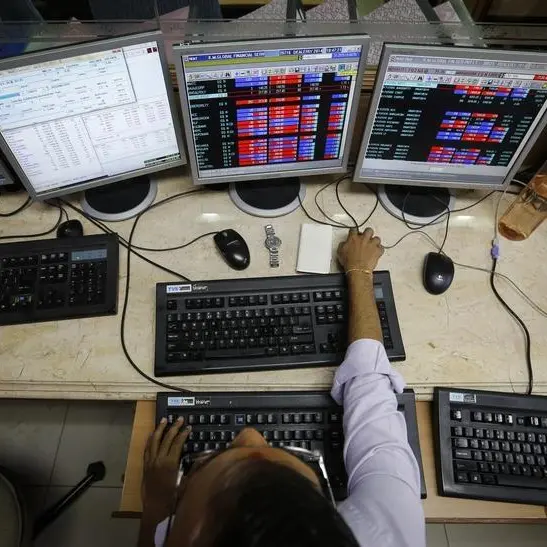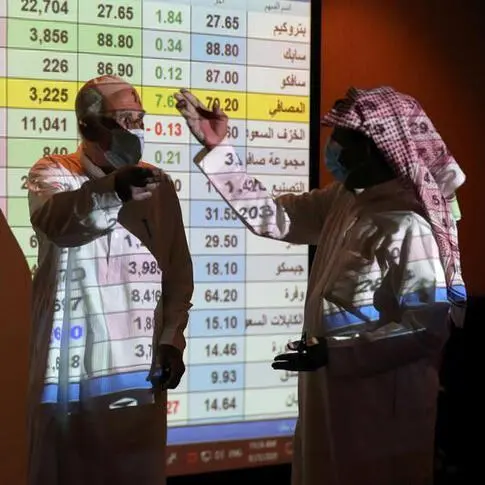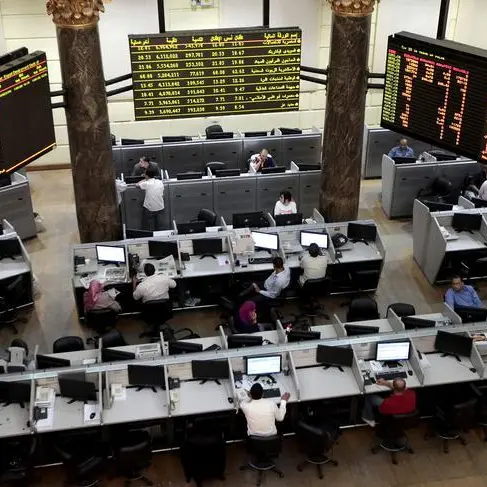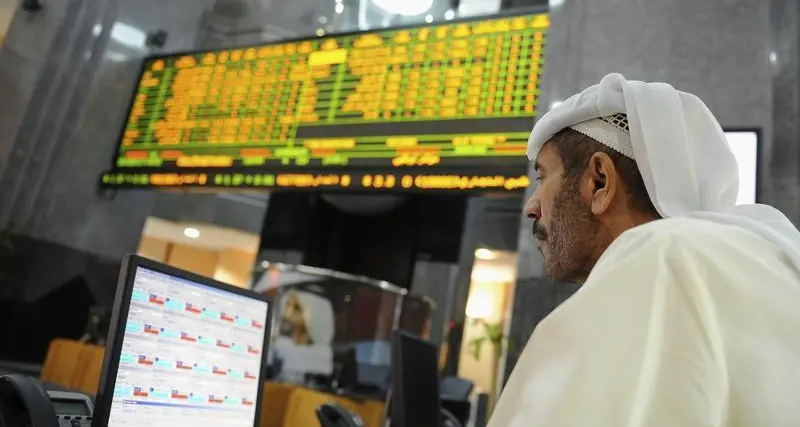PHOTO
Most GCC stock markets, barring Oman, gained during September 2020 despite concerns over economic recovery amid the threat of a second wave of COVID-19 and a fall in oil prices.
Sector-wise too there was a broad-based rally, as nearly all sectors in the GCC gained during the month. The energy index, however, showed a marginal decline of 0.3 percent.
UAE
In terms of country performance, the UAE benchmarks ended the month mixed. Dubai Financial Market (DFM) General Index ended the month slightly higher than in August while the Abu Dhabi Securities Exchange (ADX) Index declined marginally.
The DFM General Index closed 1.3 percent higher month-on-month (m-o-m) at 2273.48 points amid mixed performances at the sectoral level. The Insurance index was the best performing index adding 16.1 percent m-o-m, on expectations of good financial results. The Consumer Staples and Discretionary index also gained 10.7 percent m-o-m, buoyed by DXB Entertainments 11.7 percent m-o-m jump from Motiongate and Lapita Hotel opening towards the month-end.
The Transportation sector also gained 7.8 percent m-o-m as Aramex gained by 17.2 percent m-o-m following a strategic partnership entered into with Transportr to manage Ittihad Group’s sea freight.
Volumes traded on DFM increased by 28.2 percent m-o-m to reach 8.6 billion shares. The total value of shares traded increased 6.3 percent m-o-m to 7.6 billion dirhams.
Abu Dhabi Securities Exchange (ADX) Index closed range bound at 4518.06 points, declining 0.03 percent m-o-m.
Sectoral performance was mixed, and the Consumer Staples index led all sectors with gains of 9.9 percent m-o-m. Agthia and RAPCO were the main drivers for the positive performance in the sector, as they gained 11.7 percent and 8.5 percent respectively. Industrials followed with gains of 3.8 percent m-o-m, as Gulf Cement (+32.5 percent) and Fujairah Building Industries (+14.3 percent) pushed the index upwards. Other sectors like Energy, Investment & Financial Services and Telecoms also gained marginally.
Volumes traded on the exchange rose 70.4 percent to 3.42 billion shares. Value traded nearly doubled m-o-m to reach 11.8 billion dirhams.
Saudi Arabia
The Tadawul TASI index is up for the sixth consecutive month as all sectors gained. It added 4.5 percent in September--the biggest monthly gain—to close at 8,299.1 points. These gains pushed the benchmark’s YTD-2020 decline to the lowest in the GCC at 1.1 percent.
The Diversified Financials index topped with a gain of 19.8 percent mainly on the back of 18 percent return in shares of Kingdom Holdings. The Real Estate Index saw a gain of 18.6 percent followed by the Insurance and Media Indices with monthly gains of 17.3 percent and 16.4 percent, respectively. The Banking index however, saw only a marginal monthly gain of 0.1 percent. Riyad Bank, SABB, ANB, and Samba saw declines while shares of Al Rajhi Bank, Alinma Bank and Balk Aljazira rose.
Trading activity was at one of the highest levels in recent months. Total volume traded more than doubled to 11.2 billion shares from 6.7 billion in August. Value traded also jumped to a three-month high of 267.5 billion Saudi riyals from 150.3 million riyals.
Rating agency S&P affirmed the long-term sovereign rating for Saudi Arabia at A– with a Stable outlook highlighting the country’s relatively strong net asset position on both its fiscal and external balances. The agency also highlighted the challenges faced by the Kingdom in the form of low oil prices and the pandemic, but said that the country’s GDP is expected to rebound from 2021 on oil prices and growth in the volume of its energy exports.
Kuwait
All four Borsa Kuwait benchmarks gained for the second consecutive month during September.
However, the gains were focused mainly on the Main Market with the Main 50 Index up 3.3 percent during the month as compared to 2.8 percent gains for the Premier Market Index and the Main Index. Gains were however capped by the demise of the Emir of Kuwait that saw a sell-off on 29 Sept.
In terms of sector performance, the Insurance Index, up 8.3 percent, saw the biggest gains. The Real Estate Index followed with a gain of 8.1 percent and Industrials and Oil & Gas indices with monthly gains of 4.2 percent and 3.7 percent, respectively.
Trading volume was the highest since February 2017, at 8.3 billion shares compared to 3.8 billion shares in August. The aggregate value of shares changing hands was also the highest since January 2017 at 1.1 billion Kuwaiti dinar compared to 690.8 million Kuwaiti dinar in August.
During the month, Moody’s downgraded Kuwait’s sovereign rating by two notches to A1 with a Stable Outlook. The downgraded mainly highlighted the country’s lack of liquidity and the inability to raise debt to plug the rising budget deficits due to the decline in oil prices.
Bahrain
The Bahrain Bourse gained 3.9 percent m-o-m in September; the second-best performing market in the GCC. The Bahrain All Share Index closed at 1434.49 points, but sectoral performance was mixed. The top performing sectors for the month were Services (+8 percent), Commercial Banks (+4.7 percent) and Industrials (+3.8 percent). On the decliners side, Hotels & Tourism was the only sector to close in the red with declines of 8.3 percent m-o-m.
Trading activity was higher as volumes rose by over 57 percent m-o-m to reach 151.2 million shares. Value traded jumped by 29.8 percent m-o-m to 21.6 million Bahraini dinars.
Oman
The Muscat Securities Market declined in September after posting gains in the previous two months. The MSM 30 Index fell 4.2 percent to close at 3,614.6 points.
These monthly declines also damped Oman’s YTD-2020 performance to a decline of 9.2 percent.
The index decline reflected a fall in all three sectoral indices with the Financial index declining by 4.8 percent followed by relatively smaller declines for the Industrial and Services indices at 1.3 percent and 1.0 percent, respectively.
After seeing consistent gains over the previous three months, trading activity fell steeply. Volume traded during the month fell 44.2 percent m-o-m to reach 108.5 million Omani rials compared to 202.5 million rials in August.
(Writing by Brinda Darasha, editing by Seban Scaria)
Disclaimer: This article is provided for informational purposes only. The content does not provide tax, legal or investment advice or opinion regarding the suitability, value or profitability of any particular security, portfolio or investment strategy. Read our full disclaimer policy here.
© ZAWYA 2020
